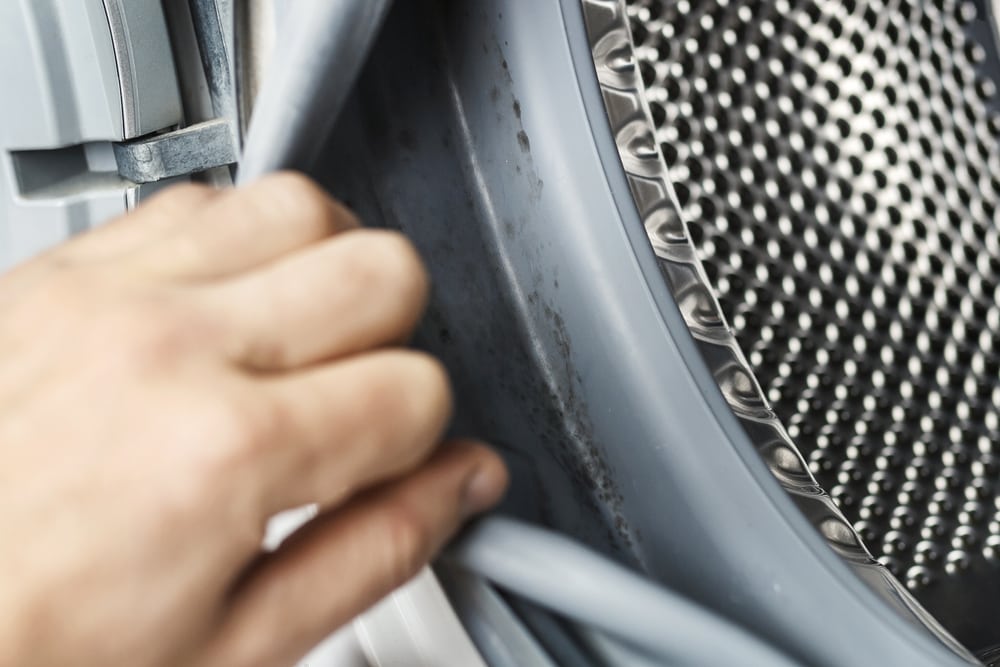How Long Does It Take for Mold to Grow in a Flooded Home
Water damage caused by flooding, leaks, or excessive humidity doesn’t just jeopardize your home’s structure and belongings; it also fosters mold growth. Mold proliferates rapidly following water damage, complicating the restoration process. Even minimal moisture, if not promptly and properly addressed, can escalate into a significant mold infestation.
Mold spores, microscopic airborne particles ubiquitous in nature, can transform into visible mold following water damage incidents. Once infiltrating your living space, mold poses health risks to occupants, particularly those with respiratory issues like allergies or asthma.
Fortunately, you can prevent mold growth by taking swift action. Simply eliminating moisture before mold gains a foothold is key. Yet, how long does it take for mold to emerge following a flood or moisture issue?
Water damage from flooding, leaks, or high humidity can have serious consequences for your home and health. Let’s explore the differences between water damage and mold, along with how quickly mold can grow after water damage.
Water Damage vs. Mold:
Water Damage: Stains caused by water damage are typically yellow or brown. They may feel damp to the touch and appear as discolorations or patches on walls and ceilings. Water damage results from excessive accumulation or prolonged presence of water.
Mold: Mold, a fungal growth that thrives in damp conditions, can vary in appearance, texture, and color. It can be white, green, or black. Mold growth may have a speckled appearance and can change hues over time.
How Fast Does Mold Grow After Water Damage?
Mold can start growing within 24 to 48 hours after water exposure. Mold spores, which are always present in the air, thrive in damp, dark, and warm environments. So, when water damage occurs, it’s like a welcome mat for mold. Within just a day or two, tiny mold spores can begin to spread and grow.
After the initial 48 hours, mold becomes established and removing it becomes more difficult. Therefore, it’s crucial to address water damage promptly to prevent mold growth.
Hire a Mold Removal Company in New Jersey – (877) 750-7876
If you suspect mold growth in your New Jersey home or want to ensure a mold-free environment, contact PuroClean Emergency Recovery Services in New Jersey at (877) 750-7876. Our expert team is committed to providing superior mold remediation services, safeguarding the well-being of your home and family.
Preventing Mold After Water Damage:
- Dry the affected area quickly:
- Open up the space during the day to allow ventilation.
- Remove water-logged items and debris.
- Use disinfectants to clean exposed surfaces.
- Dry surfaces thoroughly.
- Get rid of saturated carpeting promptly.
- Use fans to circulate air, but avoid using them if mold has already started growing.
Remember, acting swiftly to address water damage can help prevent mold infestations and maintain a safe living environment. If you suspect mold growth, consider seeking professional assistance for inspection and removal
DIY or Call a Professional when dealing with mold?
Deciding whether to handle mold removal yourself or enlist professional help depends on several factors, including the extent of the mold infestation, your expertise in mold remediation, and your comfort level with DIY projects.
DIY methods can be suitable for small, localized mold issues that cover less than about 10 square feet. In such cases, you can typically manage mold removal with proper safety precautions, including wearing protective gear such as gloves, goggles, and a mask, and using appropriate cleaning solutions. However, it’s crucial to ensure thorough removal to prevent recurrence.
For larger or more extensive mold problems, or if the mold is in hard-to-reach areas like within walls or ductwork, hiring a professional mold remediation service is often recommended. Professionals have the necessary expertise, equipment, and experience to safely and effectively remove mold, identify underlying causes of moisture, and prevent future mold growth.
Additionally, certain situations, such as mold infestations in homes with occupants who have respiratory issues or compromised immune systems, may warrant professional intervention regardless of the size of the mold problem.
Ultimately, weigh the severity of the mold issue, your ability to safely and effectively address it, and the potential risks to your health and property before deciding whether to DIY or call a professional for mold remediation.




 PuroClean Emergency Recovery Services
PuroClean Emergency Recovery Services